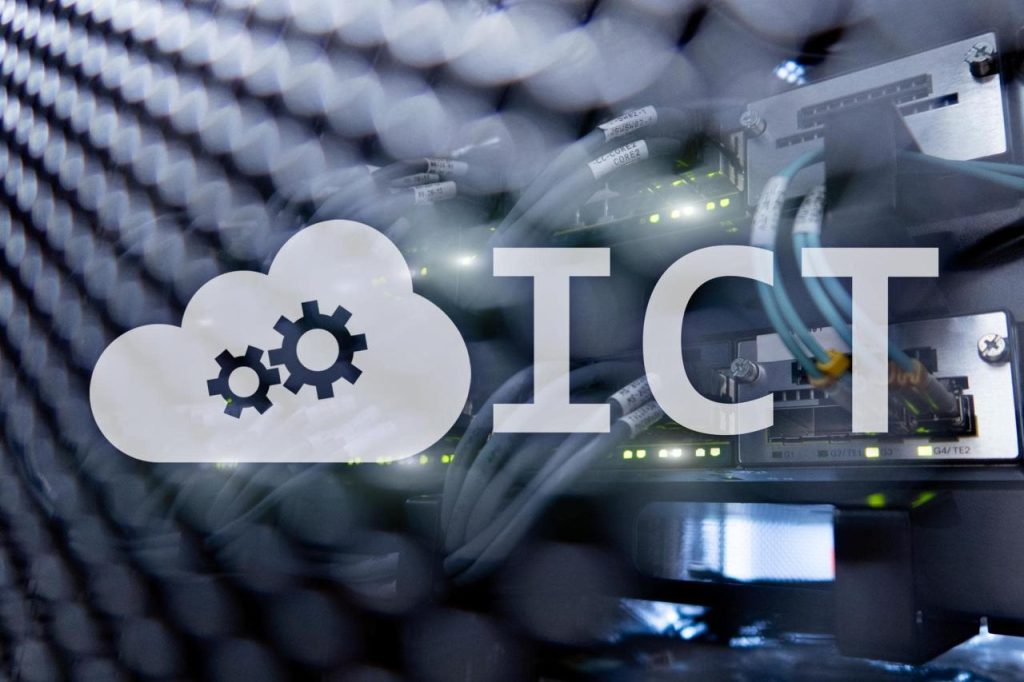
Edge Computing: Transforming Data Processing at the Edge of Networks
In the landscape of digital innovation, edge computing stands as a disruptive force, revolutionizing the way data is processed, analyzed, and utilized. Unlike traditional centralized computing architectures, edge computing brings processing power closer to the data source, facilitating real-time analysis and driving efficiency.
Understanding Edge Computing:
At its core, edge computing involves processing data closer to where it’s generated, bypassing the need to transmit data to centralized cloud servers for analysis. This decentralized approach minimizes latency and enhances the speed of data processing, critical for applications requiring instant responsiveness.
Proximity to Data Sources:
Edge computing places computing resources nearer to devices generating data, such as IoT sensors, mobile devices, or machinery. This proximity reduces the distance data needs to travel, enabling faster processing and decision-making, crucial in scenarios demanding real-time responses.
Use Cases and Applications:
Edge computing finds applications across various industries. In autonomous vehicles, edge computing processes data from sensors on-board, enabling instant decision-making for navigation and safety. In healthcare, wearable devices collect and analyze patient data locally, offering immediate insights for healthcare providers.
Enhanced Security and Privacy:
By processing data closer to the source, edge computing reduces the risk of data exposure during transmission to centralized servers. It allows for localized data processing, enhancing security and privacy, a critical consideration in sensitive applications like healthcare and finance.
Challenges and Opportunities:
Despite its potential, edge computing faces challenges such as standardization, interoperability, and resource constraints in edge devices. However, ongoing advancements in hardware, networking, and software solutions present opportunities for addressing these challenges.
The Future Outlook:
As technology evolves, edge computing will play an increasingly pivotal role. Edge devices will become more intelligent, capable of performing complex computations, and leveraging machine learning algorithms at the edge, driving innovation and efficiency.
Conclusion:
In conclusion, edge computing heralds a transformative shift in data processing paradigms, unlocking the potential for real-time analytics, reduced latency, and enhanced efficiency. Its decentralized nature empowers industries to capitalize on data-driven insights at the source, revolutionizing the way we interact with technology.
As edge computing continues to evolve, its integration into diverse sectors will redefine computing capabilities, enabling innovative applications and reshaping the future of data processing at the edge of networks.